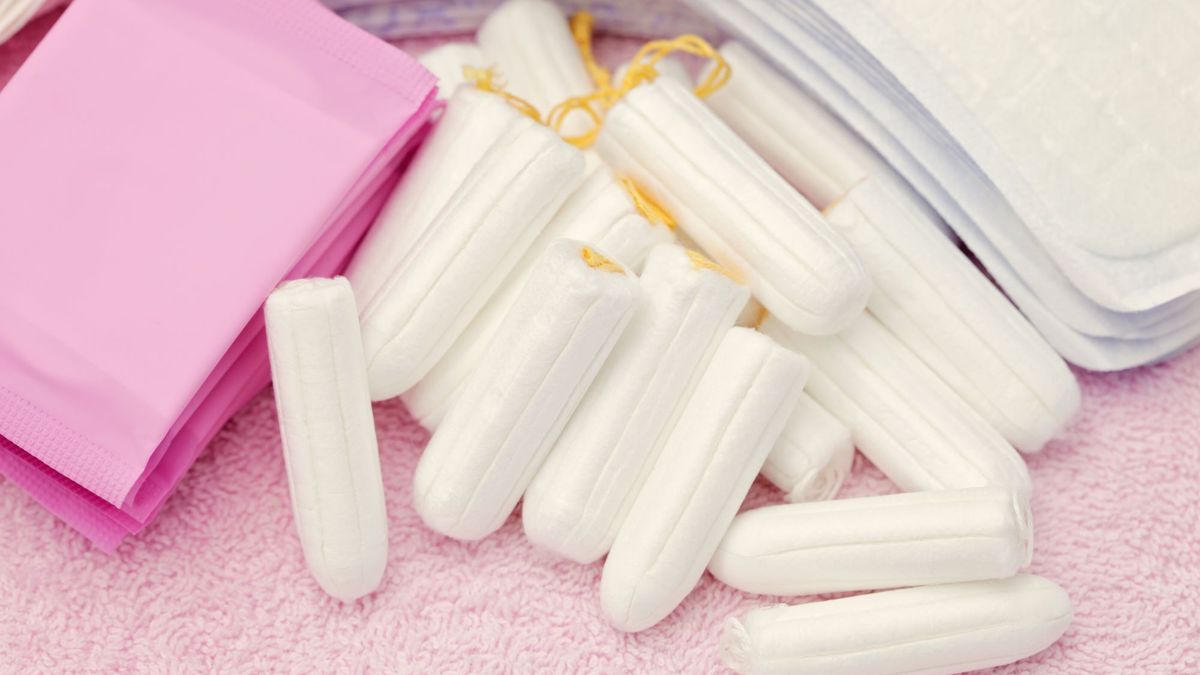
Many women, during their periods, use pads or tampons to control their flow. The latest magazine 60 million consumers was interested in these disposable periodic protections, in order to classify them.
To protect themselves during their periods, women have more and more choices. In addition to sanitary napkins and tampons, they can turn – among other things – to menstrual cups or panties, perceived as being less harmful to their health and to the environment.
Products with multiple claims… real or supposed?
Faced with this diversification of the offer, disposable periodic protections wish to “green” their image. “They multiply the claims without chlorine, without perfume, without allergens… and ecological logos” notes the magazine. “But do they guarantee better composition and good performance? he asks himself.
To find out, 24 products (disposable towels, tampons and panty liners) were scrutinized.
Undesirable chemical substances singled out
As part of this new test, the association analyzed 9 types of sanitary napkins, including 8 with wings, 9 types of tampons with applicators and 6 types of panty liners. The products had a label and some did not, but were all intended for normal flow.
Their composition was scrutinized to look for possible allergens, but also silver molecules or even contaminants with proven or suspected toxic potential.
For tampons, the search for pathogens, such as bacteria or mold, has been added, with the protection being worn in contact with the vaginal wall.
In total, nine chemical substances were studied during this analysis: glyphosate and/or Ampa, dioxins, absorbable halogenated organic compounds (AOX), allergens, phthalates, triclosan, heavy metals, formaldehyde and ‘money.
A minority of products obtain a “very good rating”
Result: out of 24 products tested, only seven benefit from a very good rating, that is to say above 13/20.
- At the top of the ranking for towels, we find the “Always 100% organic cotton”, the “U Nature Hypoallergenic ultra thin towels”, the “Nana Pure Sensitive” towels, the “Love & Green” and the “Hema” towels. On the other hand, sanitary napkins from the “Joone” and “Carrefour soft” brands are the least effective, as are those from the “Eco+” brand.
- For panty liners, the “Labell Normal Pocket” brand takes first place on the podium, followed by “U Nature” and “Vania confort”. The brands “Always Dailies Normal”, “JHO” and “Saugella Cotton touch” close the ranking, with ours below average.
- Finally, for tampons, the good students are the brands “Les Petites Choses”, “Doulys”, “Siempre”, “Carrefour Soft” and “Tampax” while the bad students are the brands “Nett” and “Tadam”.
The study carried out by the consumer association also reveals that “70% of the samples tested were contaminated by one or more undesirable substances sought”. She puts forward several hypotheses concerning their origin: the cotton crops, the manufacturing processes, the components used during manufacturing or even the raw materials used.
Brands not concerned about the composition of products?
Beyond the analyses, the magazine contacted the brands in question and regrets their lack of reaction. “At the levels where we detected the contaminants, most brands emphasized that their presence was not of concern” he reports.
A point of view that 60 million consumers obviously do not share, who remind us that “theKnowledge is very incomplete when it comes to exposure through the mucous membranes and the thresholds above which there is an endocrine disrupting effect.” which explains why it “penalizes” products that contain it “even in trace amounts”.
